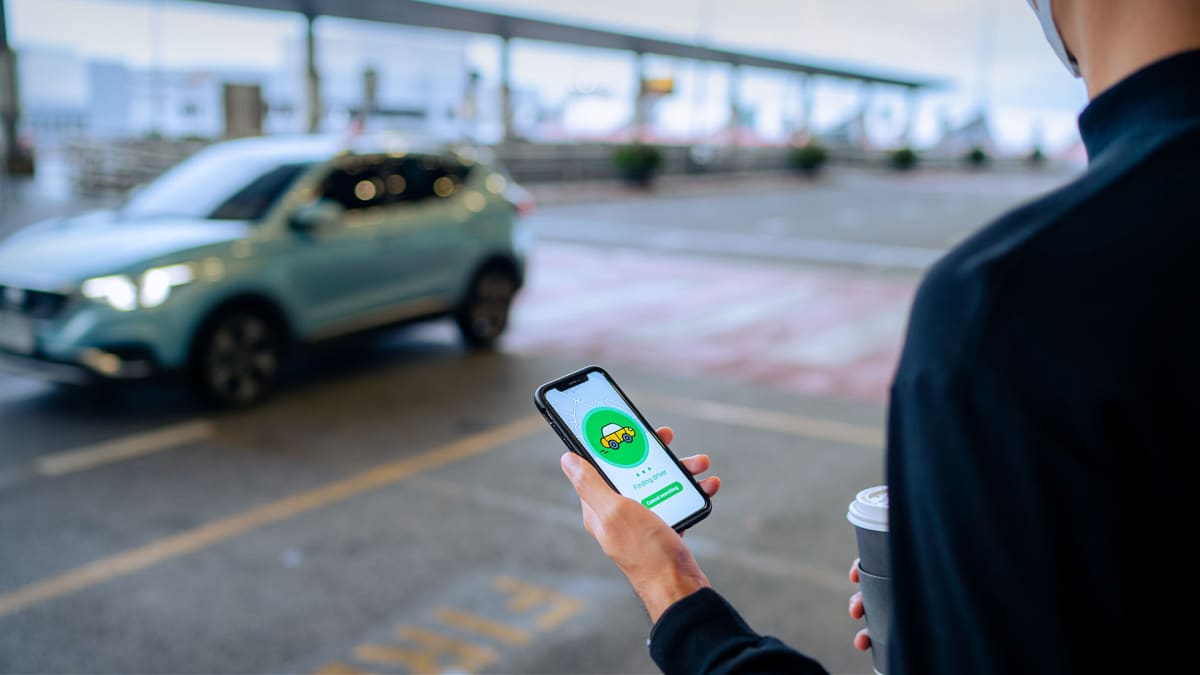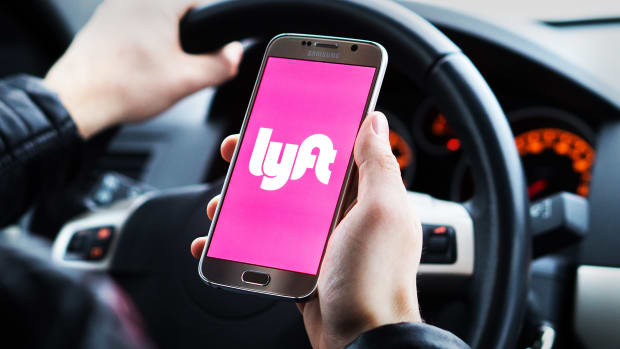
Lyft (LYFT) and Uber (UBER) used to be pre-pandemic darlings. When the ride share companies went public in 2019, investors swarmed to snap up shares with bated breath, hoping the "technology" companies would continue to scale across the U.S., and eventually, the globe.
But fate had other plans, and roughly than six months after the companies went public, a worldwide pandemic effectively shut down transportation for the better part of two years.
Both stocks bottomed out in the throes of the pandemic and continue to struggle to pick up the frothy momentum they once enjoyed before we had to worry about masks and social distancing. Uber is down over 30% since its 2019 IPO and Lyft is down a stunning 81% over the same time frame.
No wonder, then, that the ride sharing companies are getting creative to make up ground and claw back what little profits they still stand to gain.

Shutterstock
To Ride Sharing Companies, Time Is Money
Though their channels for revenue and execution vary slightly, Lyft and Uber have the same basic business model. Drivers connect with riders in the area via an app and corporate takes a fee for providing the platform. Lyft takes cut of every ride fee, which varies based on a variety of factors, though it's usually around 25% (the tip, which can be added automatically depending on your settings, is retained 100% by drivers). Uber's take is variable by trip, but averaged around 20% in the third quarter.
It's been hard for Lyft and Uber to differentiate themselves from one another. Lyft has been branded as a somewhat more ethical alternative in light of the many Uber scandals that have plagued the company over the years.
Uber does have Uber Eats in its arsenal, a meal delivery service that competes with DoorDash and GrubHub. It served as a welcome source of revenue during the pandemic when people weren't riding around cities but were instead indulging in chow mein delivered to their homes while they sat in their pajamas. Impressively, Uber Eats brought in $2.77 billion in revenue in Q3, while its flagship mobility service brought in $3.82 billion in the same period.
Lyft doesn't boast a competing meal delivery service, however, so it's been looking to shore up revenue in other ways.
Lyft Changes Its Wait Time Policy
Lyft has quietly added a new wait time policy, charging riders a fee if they keep their driver waiting. The ride sharing app previously did not have a policy for tardiness.
"Wait time fees may be charged at a per minute rate when your driver has arrived at the pickup location and has been waiting for more than 2 minutes (5 minutes for Lux Black and Lux Black XL)," a company post reads. "If a driver arrives early, fees may apply 2 minutes after the original estimated pickup time (also applies to Lux Black and Lux Black XL early arrivals)."
Uber has had a similar policy for years, so it's surprising it took this long for Lyft to catch up. Nonetheless, Twitter did not take kindly to the policy change, especially in light of recent driver shortages and longer estimated arrival times.
The best way to avoid incurring a late fee is to order a ride when you're ready and close to the exit, so you can meet a driver promptly. And if you think you've been charged incorrectly, you can always check it out via the Ride History section of your Lyft app and submit a claim.
Both Uber and Lyft will report earnings in early February.







